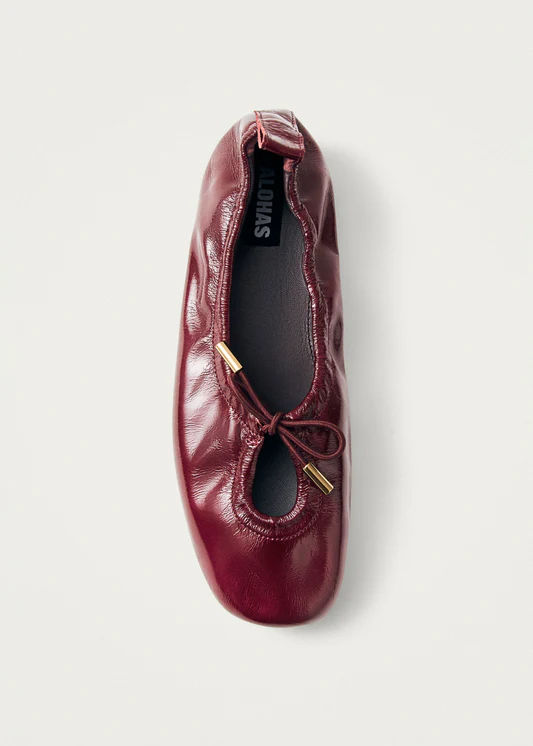Real Leather vs Vegan Leather: an eco-friendly perspective
When it comes to choosing between traditional animal leather or cruelty-free alternatives, the choice might seem obvious to some. In this day and age, many wonder why not more brands offer leather alternatives, or even why they have not halted their production altogether. However, unfortunately, this dilemma does not happen to be as black and white as one could think. Read below to learn about the advantages and disadvantages of animal vs vegan leather, from both a sustainable and ethical standpoint, and see if you can find the one that’s right for you.
Real leather
While demonizing animal leather might seem logical, let us first analyze the good versus the bad and compare it to vegan leather. One of the most conspicuous differences between these two types of leather is their look and feel: because genuine leather is made from animal skin, it also comes with authentic scars, scratches, stretch marks, and ruggedness that vegan leather does not. Instead, vegan leather has a smooth, shiny finish that is cheapening by default. Animal leather makes each product unique and irreplaceable, which might seem silly, but is one of the main reasons behind many luxury brands still only swearing by this type of material.
Is animal leather eco-friendly?
Animal leather does have its good side, sustainability-wise. First of all, a large chunk of animal leather is a by-product of the meat industry. This means that after animals are slaughtered for food or other purposes, the remaining skin is used as leather, as opposed to them being killed for leather only. This is a good way to reduce waste insofar as carbon emissions generated by skin being landfilled or burned.
Now, while this fact might be positive, it is still a reality that many animals are slaughtered with the concept of leather in mind, even if it only makes up around 10% of the animal’s total value. In a nutshell, even if leather is not the primary intention when killing livestock, it still keeps the tradition going. If we don’t focus on the ethics of it, animal leather is biodegradable and can last a lifetime if taken care of properly. However, tanning processes require a heavy amount of chemicals that not only contaminate our waters, but the workers exposed to them. What then, if anything, could be both biodegradable and sustainably tanned?
Vegan leather
Naturally, one would think of vegan leather as a, if not the only, viable option. But it also has its downsides. Not only this, but there’s a huge misconception around the word ‘vegan’ when it comes to clothing: vegan does not always mean sustainable.
Is vegan leather good quality?
There’s three key materials used for vegan leather: PVC (polyvinyl chloride), PU (polyurethane) which are essentially plastic. On the organic side, there’s plants: corn, apple, pineapple, mushroom, cactus, cork - you name it. Sometimes, recycled plastics are used or combined with plant-based leather.
From these materials, PVC and PU are the most common, with PU being slightly less contaminating than PVC, but more than plant-based and vegetable-tanned leathers, which are the ideal candidates for a more sustainable product. In fact, according to Kering’s Environmental Profit & Loss sustainability report, vegan leather only has a third of the environmental impact compared to cow leather.
Is vegan leather good for the environment?
The obvious upside of any vegan leather is that it doesn’t rely on livestock at all - this is not only killing animals, but it also includes deforestation and the impact that that has on animals’ natural habitats. As well as this, plastic-based leathers are sold at a cheaper price because of their lower quality compared to real leather. However, this has its downside - lower quality means less durability, and therefore more waste is generated from the need for periodical replacements. Therefore, when talking about sustainability, ‘vegan’ leathers are far from great. As opposed to genuine leather, any sort of garment made from plastic is not biodegradable: harmful dioxins are released into the environment, most likely our oceans. In fact, according to the United Nations Environment Program (UNEP), more than 13 million tonnes of synthetic fibers pollute our oceans every year. This is called microplastic pollution.
The difference between leather and vegan leather: which is more sustainable?
When we ask ourselves this question, there is of course no clear conclusion - it depends on if your concern is sustainable, ethical, or both. However, I do think that the answer lies in our consumption habits, at least partly.
From an eco-friendly perspective, I recommend sticking to responsibly sourced leathers, such as those certified by the Leather Working Group, which provide us with large numbers of highly-rated tanneries with low energy and water use, as well as carbon emissions. Not only this, but their supply chain is extremely transparent, all the way from the slaughterhouse to the final product. However, if we’re talking about the ethics of killing an animal for fashion, of course vegan leather seems only logical. One way to go about this would be to put your money on plant-based leathers before PU or PVC whenever possible.
The common point here, however, is to not contribute to pollution and overproduction by simply buying less leather altogether. We believe that 0% waste is 100% the way to go - and this should be the base of all our shopping decisions.
Sources: Harper’s Bazaar, Fashion Insiders & Co, Leather Skill, The Vegan Review & The Sustainability Club.









